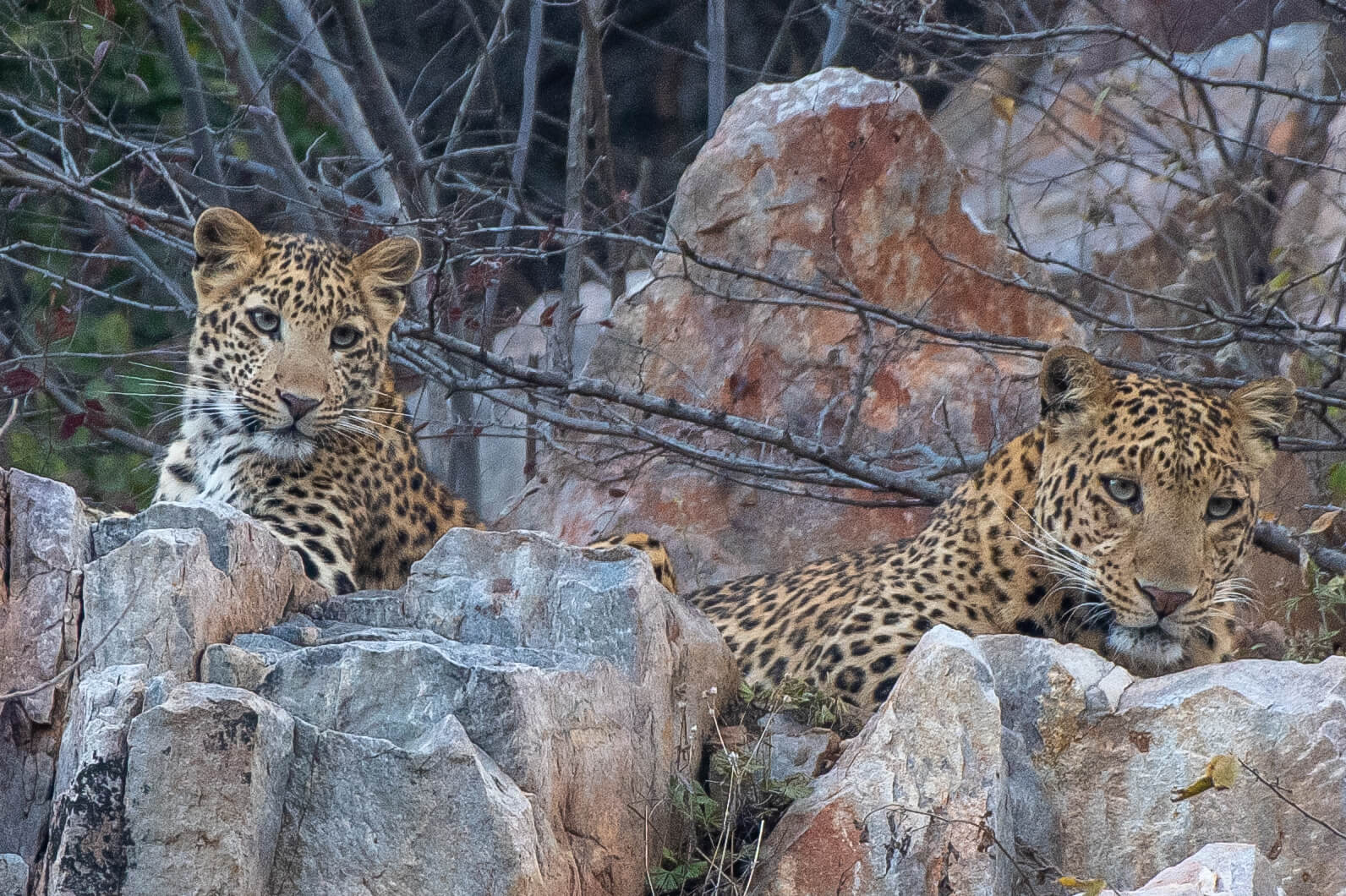Leopard is living near humans and now we need to learn about co-existence
By Dhiraj Kapoor
Soon after Independence in 1947, as India started to stand on its feet, the country realized that it has started to lose a lot of its natural heritage including its flora and fauna to rapid growth. The most important step in this matter was the implementation of “The Wildlife Protection Act, 1972”.
Apart from putting a ban on hunting, trading, keeping wildlife as pets, etc. the act was a major step in identifying the existing hotbeds of natural biodiversity and notifying them as Protected Areas that included National Parks, Wildlife Sanctuaries, Conservation Reserves, and Community Reserves. Today, India has around 1000 protected areas that offer the highest level of protection to its flora and fauna.
The Tiger Tales
Once upon a time, tigers roamed freely in India. During the year 1947, at the time when India gained its Independence, around 40,000 tigers were estimated to be living. But due to rampant hunting, poaching, and habitat destruction, in the first ever all India Tiger Census conducted in 1972, it was revealed that only 1827 tigers remained in India in the wild. These dwindling figures were a big setback for the nation and to protect the Royal Bengal Tiger from extinction and to have a viable population of the Bengal Tiger in its natural habitat the government launched the Project Tiger in April 1973. This project was to have the tiger as an umbrella species under which the other flora and fauna of the region would also get protected. Starting with only 9 tiger reserves today India boasts of 53 Tiger reserves spread all across its boundaries. The tiger population that had dwindled to 1411 by 2006 has also doubled as per the last tiger census of 2018 and stands at 2967.
Apart from having tigers in the big cat species, India’s varied terrain is also home to the Indian Leopards, the Asiatic Lions, and the Snow leopards also. Soon the country will be introducing the African Cheetahs into its jungles. This will make India the only country in the world to have 4 of the major big cat species of the world. While India has done remarkably well in conserving her tigers and lions, there is an urgent need to start working on protecting its leopard population as well.
The saga of the Indian Leopard
The Indian leopard is a highly adaptable animal. Apart from living in deep forests and sharing territory with its bigger and more illustrious cousin ‘the tiger,’ the Indian leopard has also adapted itself, living with ease in the jungle periphery close to villages, towns, and cities in human-dominated landscapes.
With rapid urbanization, the Indian Leopard has also suffered, especially in those pockets of forests where there has been no tiger. With the lack of viable animal corridors due to loss of habitat, the leopards from isolated pockets of jungles have been forced to live on the periphery of cities, towns, and villages.
As per a report published by the Wildlife Protection Society of India (WPSI) in 2018, India lost 460 leopards. While only 194 deaths were attributed to natural reasons, the bulk of the deaths was attributed to hunting (155), road accidents (74), attacks by villagers (29), and forest department action(9). With the human population on the rise and the demand for more land and limited land resources available, such man-animal conflicts are bound to increase.
The Jhalana Experiment
In the year 2017, the state of Rajasthan in India took cognizance to lose leopards and also human lives to man-animal conflicts and became the first state in India to launch a project to conserve its leopard population. The main aim of the ‘Project Leopard’ was to save, recover, reclaim and re-wild the remaining forest cover by demarcating forest boundaries, increasing the prey base for the leopards, controlling poaching, and taking measures to mitigate man-animal conflicts.
Jhalana–Amagarh Leopard Reserve in Jaipur was chosen as the pilot project to kick start leopard conservation in Rajasthan. In 2017, when Jhalana was taken as the pilot project under Project leopard, it had a population of about 20 leopards that has now gone up to about 35 in 2022.

The Sanjay Gandhi National Park (SGNP) in the city of Mumbai boasts 40-45 leopards in its 100 square km area. Though most of the time the leopard goes unnoticed but sometimes serious conflicts occur resulting in the death of the animal or loss of human lives.
The forest is a dry deciduous forest that only receives scanty rainfall and water management was an important aspect of the conservation strategies. The herculean task of removing Juliflora, a nonnative invasive plant was undertaken on a war footing and native species of fruit-bearing and shade-giving trees were planted. Grassland was re-developed to attract the prey species and ungulates.
A feature that was unique to the Jhalana project was that a team of individuals through camera trapping and direct sightings started studying the rosette patterns on each and every leopard. Just like human fingerprints, each leopard has a different rosette pattern and this research led to creating a database of each individual leopard that has been spotted at Jhalana. This proved to be a very effective way of monitoring each individual leopard at Jhalana.
Eco-Tourism
Jhalana Leopard Reserve has become a must-go in the itinerary of the stars and celebrities coming to Jaipur since 2018 when the park was opened for the tourist. The pristine forest block of Jhalana, on the outskirts of Jaipur city, has now become an ideal ecological habitat that offers a glimpse of over 33 species of mammals, 135 species of birds, 20 species of reptiles, and hundreds of species of insects and plants.
Jhalana Leopard Reserve is undoubtedly emerged as the best place arguably in the world for animal lovers to watch and enjoy Leopards, striped hyenas, foxes, smaller wild cats, and other animals in their habitat.
The wildlife community of the world has acknowledged these efforts toward the conservation of leopards. The “Jhalana Experiment” has shown the way to the world that even small blocks like Jhalana and Amagarh can have a very high and thriving leopard population with proper conservation management.
There are lots of other pocket forests in India where leopards are thriving. Conserving the forest and re-wilding them is the only way to protect our ecological diversity. If today we save our forests then only we can save our ecological diversity bestowed by the nature for tomorrow.

(The writer is a wildlife enthusiast who pioneered in identifying, documenting, and monitoring the leopards of Jhalana Reserve, Jaipur. He volunteers with the forest department to improve leopard habitat in Rajasthan, India.)
==
Disclaimer: The views expressed are not necessarily those of The South Asian Times












